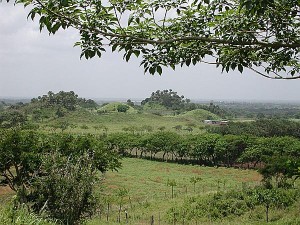In addition to using tDAR to carry out research, academic archaeologists can organize, preserve, and share their archaeological information with researchers anywhere with an internet connection. tDAR is endorsed by the American Anthropological Association, and is an appropriate repository for meeting the digital data management requirement of the National Science Foundation.

tDAR includes an advanced toolkit that allows users to perform synthetic research drawing on multiple datasets to address larger spatial and temporal-scale questions. Specifically, tDAR users can integrate digital datasets by combining and normalizing disparate data into a single cohesive spreadsheet with analytically comparable observations (Spielmann and Kintigh 2010).
Case Study
Dr. Barbara L. Stark is a senior scholar who conducts research in Veracruz, Mexico. Despite a lengthy publication record, a large number of her of primary data and photographs remain unpublished, a phenomenon that is not uncommon in her region and prevents substantial comparative work. tDAR serves Dr. Stark in a number of important ways. First, tDAR acts as insurance against catastrophic loss of her original notes, photographs, maps, slides and digital documents. Second, tDAR is a platform from which she is able to share her extensive primary archaeological files with students, colleagues, and interested researchers both in the United States and abroad.